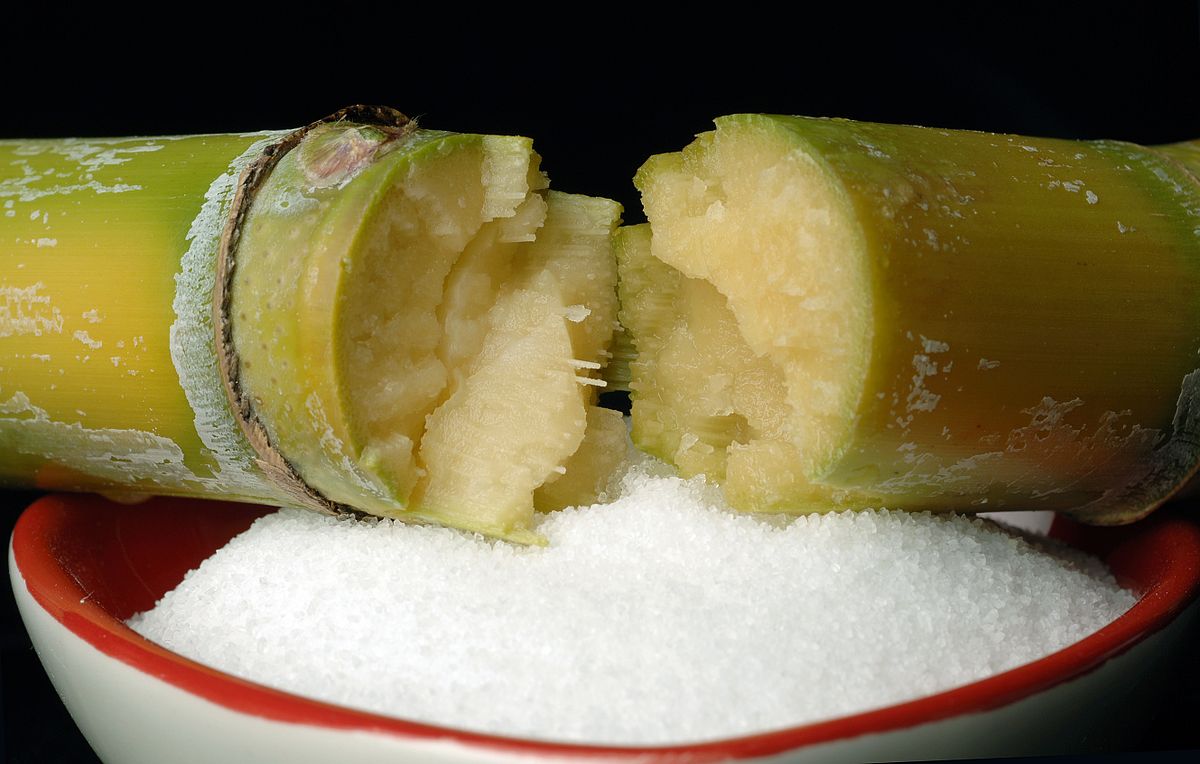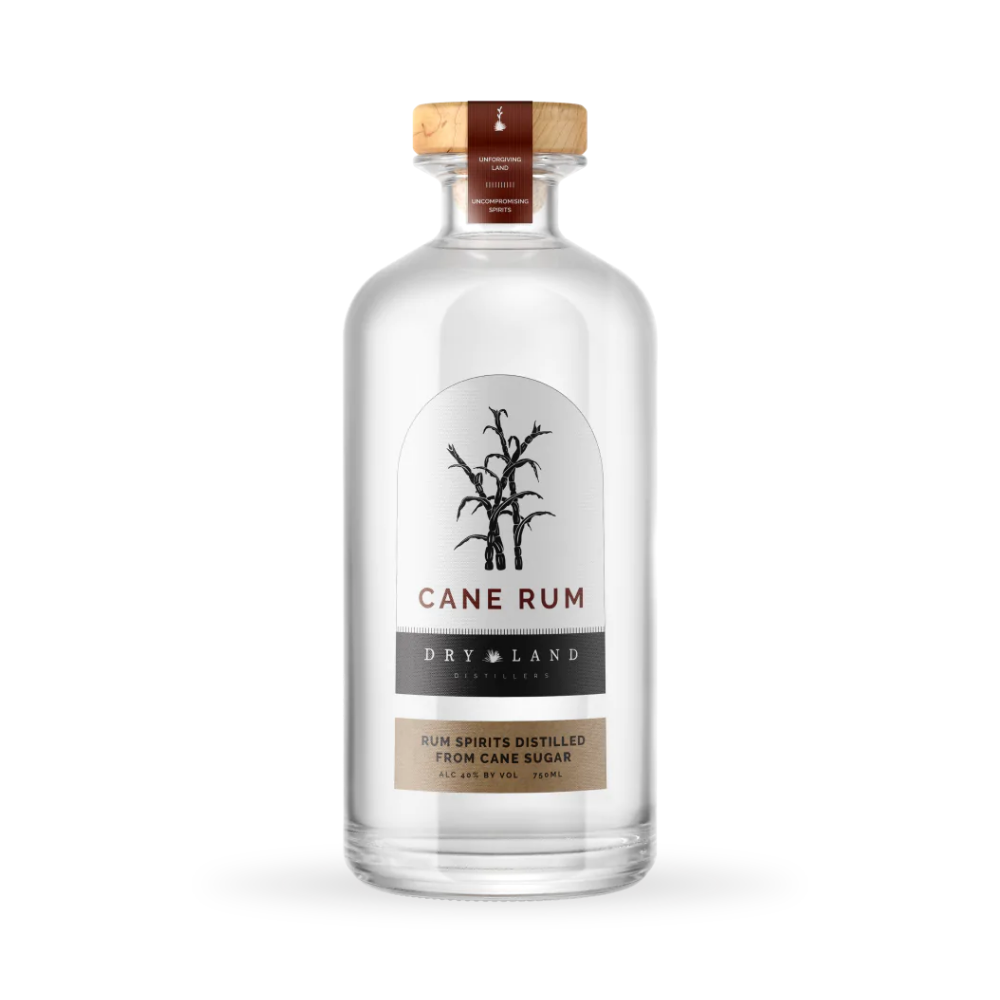Cane Sugar Processing: Ingenious Strategies for High Quality Manufacturing
Cane Sugar Processing: Ingenious Strategies for High Quality Manufacturing
Blog Article
Checking Out the Comprehensive Tips Included in Walking Stick Sugar Processing From Collecting to Refinement
The procedure of walking cane sugar production encompasses a series of detailed steps, starting with the cautious harvesting of sugarcane and finishing in the improvement phases that guarantee the last item fulfills industry criteria. Each phase, from the extraction of juice to the purification and formation processes, plays a crucial duty in establishing the high quality and personality of the sugar.
Collecting Sugarcane
Collecting sugarcane is a vital action in the walking stick sugar processing chain, as it directly affects the quality and yield of the last product. Correct timing and strategies are essential throughout this stage to make sure optimal sugar material and minimize losses. Normally, sugarcane is collected when it gets to maturity, normally 12 to 18 months after planting, identified by a high sucrose focus.

Post-harvest, the sugarcane needs to be refined quickly to avoid sucrose degradation. Preferably, gathered cane should be transported to processing facilities within 24-hour to maintain sugar high quality. For that reason, efficient logistical preparation is important to preserve the stability of the collected plant throughout the supply chain.
Removal Refine

The smashed cane goes through a collection of pressing operations to maximize juice healing. Typically, hot water is splashed onto the smashed walking stick, developing a countercurrent circulation that helps dissolve the sugar while also aiding in the extraction procedure. The juice accumulated from this procedure contains not only sugar however additionally numerous natural substances and contaminations.

To enhance extraction effectiveness, some facilities might use diffusion techniques, where the sugarcane is taken in warm water, allowing the soluble sugars to diffuse into the fluid. The resulting juice, abundant in sucrose, is then guided to subsequent processing stages, laying the foundation for filtration and refinement. The extraction procedure is hence pivotal in establishing the quality and return of the final sugar product.
Purification Methods
The purification strategies employed in cane sugar handling are necessary for transforming the raw juice into a top quality sugar item. These methods mostly aim to eliminate pollutants, such as soil, plant products, and inorganic materials, which can negatively influence the end product's flavor and shade.
Among the most common filtration techniques is clarification. This procedure entails adding lime and warmth to the raw juice, which helps with the coagulation of pollutants. The resulting precipitate is after that gotten rid of via sedimentation or filtration, producing a more clear juice. Furthermore, using phosphoric acid can improve the clarification procedure by additional binding impurities.
One more considerable strategy is carbonatation, where co2 is presented to the clarified juice. This reaction produces calcium carbonate, which captures staying impurities and advertises their elimination.
Furthermore, turned on carbon therapy might be applied to adsorb any kind of staying colorants and organic contaminations, guaranteeing an extra refined item. The combination of these techniques effectively prepares the sugar juice for subsequent actions in the refining procedure, establishing the stage for the production of premium walking cane sugar.
Formation Techniques
After the filtration stage, the following important action in walking stick sugar processing involves condensation approaches, which play a crucial role in transforming the made clear juice into strong sugar. This procedure normally uses two key techniques: spontaneous condensation and controlled formation.
In spontaneous crystallization, supersaturated sugar options are enabled to cool down naturally, causing the development of sugar crystals over time. This method is less complex however might cause irregular crystal sizes and reduced pureness levels. On the other hand, controlled crystallization is a more precise technique where temperature, focus, and seeding agents are thoroughly handled. This technique enables the consistent growth of sugar crystals and higher purity.
Throughout crystallization, the clarified juice is concentrated via evaporation, enhancing its sugar material till it gets to supersaturation. Once this point is achieved, either approach can promote the crystallization process. Cane Sugar Processing. The resultant sugar crystals are then separated from the continuing to be syrup through centrifugation
Inevitably, the i loved this choice of crystallization method influences the top quality, size, and purity of the last sugar item, making this step necessary in the total cane sugar handling treatment.
Improvement and Product Packaging
How can the pureness and top quality of walking stick sugar be better boosted after crystallization? The improvement procedure plays an essential duty in accomplishing high-grade walking cane sugar.
Following, the sugar undergoes a procedure called centrifugation, where it is spun at high rates to divide view website the cleansed sugar crystals from the remaining fluid. After centrifugation, the sugar is typically further refined with a method called carbonization or phosphatation, which uses activated carbon or phosphoric acid to eliminate color and off-flavors.
When refined, the sugar is dried out to achieve the preferred dampness web content, making sure that it stays secure throughout storage space and transport. The last step entails packaging the refined sugar in airtight and moisture-proof containers to preserve its high quality and avoid contamination. Cane Sugar Processing. Proper product packaging not only expands life span yet likewise helps with easy handling and circulation, guaranteeing that consumers obtain sugar that fulfills the highest possible criteria of pureness and top quality
Final Thought
The thorough steps included in walking cane sugar handling, from the careful harvesting of sugarcane to the detailed improvement and product packaging phases, underscore the relevance of each phase in making sure premium sugar production. Optimal harvesting methods, efficient extraction techniques, and rigorous filtration processes collectively add to the last item's purity and stability. The crystallization and subsequent packaging methods even more improve the honesty and service life of the sugar, highlighting the complexity and accuracy integral in this crucial this website farming sector.
The process of walking stick sugar production encompasses a series of elaborate steps, beginning with the careful harvesting of sugarcane and culminating in the refinement stages that make certain the last item satisfies sector criteria. Preferably, collected walking stick must be carried to refining facilities within 24 hours to protect sugar quality.In spontaneous formation, supersaturated sugar services are enabled to cool normally, leading to the development of sugar crystals over time - Cane Sugar Processing. The improvement procedure plays a crucial role in achieving high-grade walking cane sugar.The extensive actions included in walking cane sugar processing, from the precise harvesting of sugarcane to the elaborate refinement and packaging stages, emphasize the relevance of each phase in guaranteeing top quality sugar production
Report this page